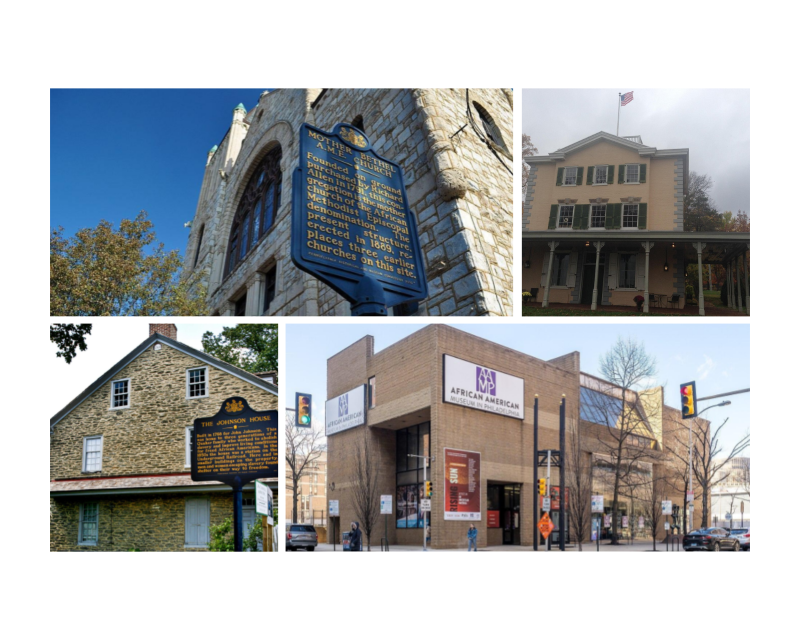
Image by Freepik
For many years, acquiring land has been essential to building prosperity. However, Black Americans now face substantial obstacles when it comes to purchasing and holding onto land because of institutional racism. This article examines the historical obstacles Black families have had to overcome and how more ownership might lead to economic empowerment.
Black Americans’ complicated relationship with land ownership stems from Special Order No. 15, issued on January 16, 1865, and aimed to divide 400,000 acres of land and a loaned mule among formerly enslaved people in partitions of forty acres each. Heir Property is the custom of informal property transfers without a document, which emerged from the distrust that persisted even after the promise was broken and only benefited a small portion of freed slaves.
Due to past injustices, including discriminatory laws and systematic racism, there have been generational wealth discrepancies that have left many Black families with complicated heirs’ property concerns. We illuminate the larger story of Black Americans’ struggles and victories in the face of hardship by exploring the intricacies of these property agreements.
The fight for Black land ownership stretches back to the era of slavery. Promises of “forty acres and a mule” after the Civil War were primarily broken, leaving many Black families without a foundation for wealth creation. Discriminatory policies like redlining and predatory lending further hampered Black landownership in the 20th century.
The percentage of African Americans who owned farms was more significant a generation or two after emancipation than it is now. African American farmers had 15 million acres in 1910, but by 1997, they controlled fewer than a sixth of that amount, according to data from the U.S. Agriculture Census. 68,000 African Americans own 7.8 million acres of agricultural property worth $14 billion, according to the 1999 Agricultural Economics and Property Ownership Survey (AELOS). The Census of Agriculture analyzes farmers, but the AELOS investigates property owners, which may explain the apparent disparity in this data, even though both sets of information show an evident reduction in rural land ownership since 1910.
Heirs’ Property and its Impact
Generational wealth disparities are compounded by heirs’ property, where land is passed down without a proper will. This creates complex ownership structures, making it challenging to utilize the land for financial gain or economic development within the community.

Image by Freepik
A Path Forward: Building a More Equitable Future
The fight for increased Black land ownership requires a multi-pronged approach that addresses historical disadvantages and empowers Black communities. Here’s a deeper look at some key areas of focus:
1. Untangling Heirs’ Property:
- Legal Aid and Education: Providing legal assistance and educational workshops can help families navigate the complex legal issues surrounding heirs’ property. This includes understanding inheritance laws, establishing clear titles, and resolving potential disputes within families.
- Land Consolidation Programs: Initiatives can be established to help families consolidate ownership of heirs’ property. This could involve facilitating buyouts from unwilling co-owners or connecting families with potential buyers who value the land for its historical significance or agricultural potential.
2. Land Access Programs:
- Micro-loans and Grants: Creating accessible micro-loan programs with favorable interest rates can help Black individuals and families overcome the down payment hurdle associated with land purchase. Grant programs specifically for Black farmers can further incentivize land ownership for agricultural purposes.
- Technical Assistance: Providing technical assistance programs can equip Black landowners with the knowledge and skills necessary for successful land management. This could include workshops on sustainable farming practices, land conservation techniques, or business development strategies for generating income from the land.
3. Cooperative Ownership Models:
- Community Land Trusts: Exploring models like community land trusts (CLTs) can offer a unique solution for collective ownership and development. In a CLT, the land is held by a non-profit organization, while individual families or businesses lease the land for specific purposes. This model ensures affordability and shared decision-making within the community.
- Cooperative Farms: Encouraging the formation of cooperative farms allows Black farmers to pool resources, share equipment, and access larger markets. This model promotes collaboration and reduces risks associated with individual farming ventures.
4. Policy and Advocacy:
- Fair Housing and Lending Practices: Pushing for stricter enforcement of fair housing and lending laws can help eliminate racial discrimination in mortgage lending, making land acquisition more accessible for Black families.
- Land Banking Programs: Developing land banking programs can allow for the strategic acquisition of land by government agencies or non-profit organizations. This land can then be held in trust for future use by Black farmers, communities, or businesses, ensuring access to affordable land for generations to come.
The Benefits of Black Land Ownership
Increased Black land ownership offers a multitude of benefits:
- Economic Empowerment: Land ownership can generate income through agriculture, leasing, or development. It also allows families to build equity and pass wealth to future generations.
- Community Development: Land ownership can catalyze community-driven development projects that address local needs and priorities.
- Food Security: Black-owned farms can be crucial in increasing access to healthy and culturally significant food within Black communities.
Deeply ingrained structural racism has been brought to light by the coronavirus pandemic’s disproportionate impacts and public outcry over police brutality. The Movement for Black Lives and Black Lives Matter are two examples of organizations refocusing on group action. Through internet platforms, Black Americans are also creating a cultural commons. This trend emphasizes how digital tools may help foster economic cooperation and community development.
Black Americans have been kept back by racism’s lengthy history in the US for many generations. However, the contemporary racial justice movement offers a chance to build a new reality that transcends land ownership and is built on community ownership and economic prosperity.

Anand Subramanian is a freelance photographer and content writer based out of Tamil Nadu, India. Having a background in Engineering always made him curious about life on the other side of the spectrum. He leapt forward towards the Photography life and never looked back. Specializing in Documentary and Portrait photography gave him an up-close and personal view into the complexities of human beings and those experiences helped him branch out from visual to words. Today he is mentoring passionate photographers and writing about the different dimensions of the art world.





